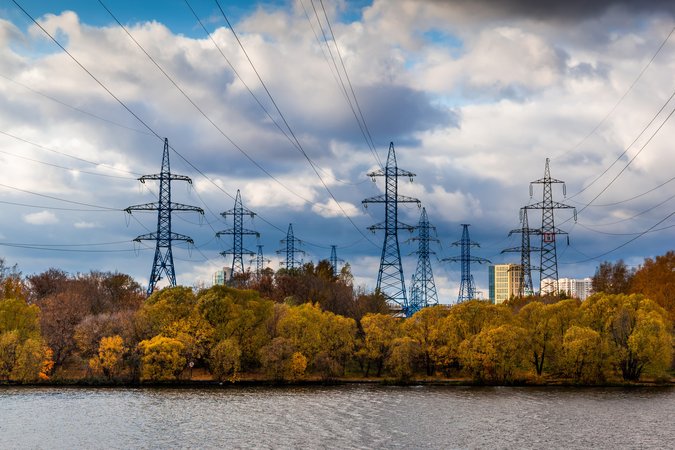Quantifying Siting Difficulty: A Case Study of U.S. Transmission Line Siting
The process of finding the right locations for energy facilities—power plants, wind farms, and liquefied natural gas terminals, to name a few—has become more and more difficult in recent years. As major energy projects have grown in size and complexity so have the problems associated with siting them. Because siting difficulty is such a broad problem and one that affects a variety of industries, solutions are not obvious or well understood. To date, the focus has been mostly on extreme examples—like Cape Wind, a proposal for a new wind power farm in Nantucket Sound—and there has been little comprehensive analysis of siting issues.
In her new discussion paper “Quantifying Siting Difficulty: A Case Study of U.S. Transmission Line Siting,” RFF Fellow Shalini Vajjhala makes an important step toward addressing this gap. She develops a clear characterization of the siting problem for the example of power lines in the United States. Using a two-tier framework, her paper first answers the question, how difficult is siting?, and then investigates, what makes siting difficult?
Siting projects bring together engineering considerations, such as structural and mechanical requirements; economic constraints, including costs, tradeoffs, and investment options; regulatory requirements, including environmental permits; and public concerns, such as planning for public participation and involving affected communities. Siting difficulty, as it is defined here, includes any combination of obstacles in facilities planning and construction processes: public opposition; environmental, topographic, and geographic constraints; interagency coordination problems; and local, state, and federal regulatory barriers to permitting, investment, and/or construction.
Siting difficulty nowadays is almost synonymous with phrases used to describe widespread public opposition, including NIMBY (not in my backyard) or BANANA (build absolutely nothing anywhere near anything). However, the problem is even more complex than these acronyms suggest. Vajjhala finds that power line siting difficulty varies significantly across the United States Different states are affected by different combinations of siting constraints that could eventually impact long-term regional transmission planning and construction.
In the wake of recent events, like the 2005 Gulf Coast hurricane season, typical siting problems have become even more extreme, and the issue has taken on greater urgency in the face of political and environmental uncertainties related to the security of energy supplies, viability of financing options, and even eventual ownership of facilities in deregulated industries. By developing a measure of siting difficulty that is independent of the common causes and localized effects of siting problems, this research gives structure to a critical and ongoing national debate.
As more parties become involved in siting projects, technical solutions and policy solutions show increasing signs of diverging. This is especially relevant when considering the growing attention to developing new renewable energy projects. In another new discussion paper “Siting Renewable Energy Facilities: A Spatial Analysis of Promises and Pitfalls,” Vajjhala builds on the measure of transmission-line siting difficulty developed here to evaluate renewable resource potential. Overall, successful development of both traditional and alternative energy programs requires a sound strategy for managing siting problems. This paper serves as an initial bridge between the quantitative and qualitative issues affecting siting and breaks down the causes of siting problems into manageable pieces for evaluation and planning.
Authors

Shalini Vajjhala

Paul Fischbeck


